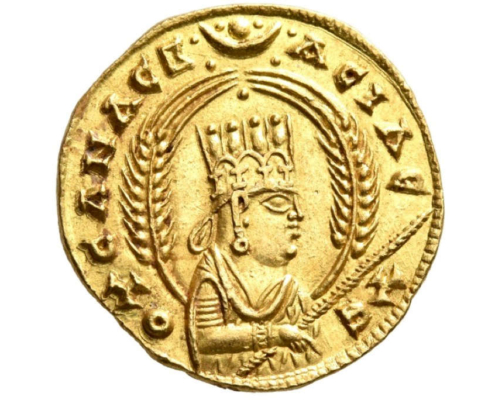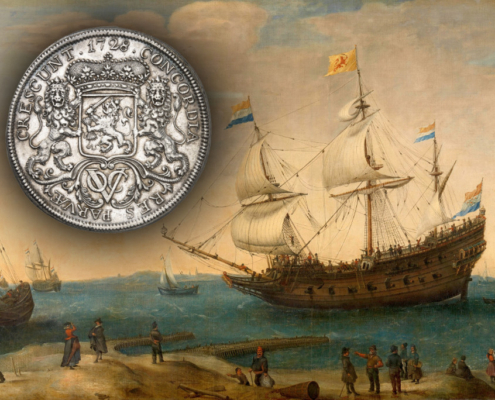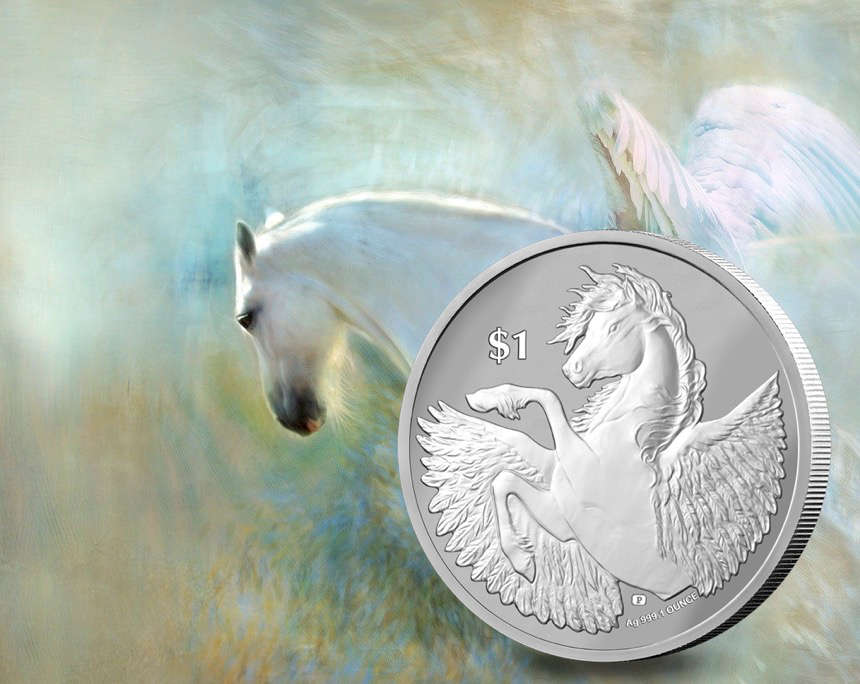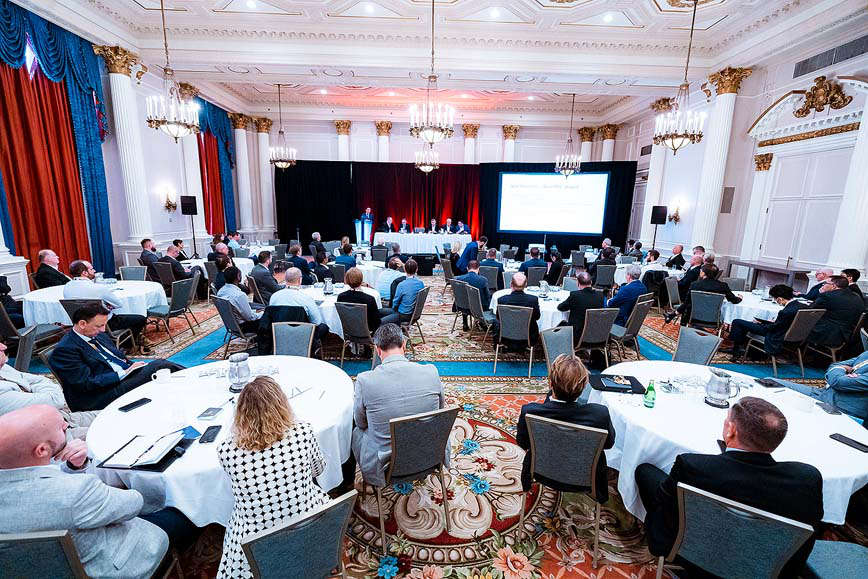1/2 Reichstaler 1621,
under Wilhelm V of Hesse-Kassel as administrator.
Condition: ef+


city of Besançon,
3 Pistols 1666 with title Charles V.
Condition: CH UNC

Bavaria, Chaise d'or (imperial shield)
1328-1347 under Emperor Louis IV.
Condition: ef

Reichstaler 1654-1668
under Count Guidobald von Thun.
Condition: vf-ef

Solidus (491-518)
under Anastasius the righteous.
Condition: vf-ef

Archive: People and Markets
Pobjoy’s Pegasus is Back With Charles III
The celebrated motif of Pegasus reappears in its 6th edition for Pobjoy’s reverse frosted silver coin. The new edition carries an effigy of His Majesty King Charles III produced exclusively by Pobjoy Mint.
Mark Cartwright is the New MDA Executive Director
The Chair of the Mint Directors Association has announced the appointment of Mark Cartwright as the Executive Director of MDA Ltd.
Archive: Coins, Medals and more

An Introduction to Axumite Coinage
With the collection of Dr. Stephan Coffman, a highly significant ensemble of coins from the great ancient African kingdom of Axum is sold at Leu Numismatik. Learn more about the history of Axum and the often disregarded Axumite Coinage in this detailed article.

VOC: The Other Side of the Dutch Golden Age
VOC coins tell the story of the Netherlands’ colonial past. The States General granted the VOC all the rights of an independent state: it could declare war, make treaties and issue its own currency. Join us on a trip to Indonesia, the place where the spices grew that financed the Dutch Golden Age.















Künker Auctions 100 Pieces from the Ronus Collection to Benefit the ANS
As part of Künkers eLive Auction 87, 100 pieces from the Robert Ronus Collection which were generously donated to the ANS will be auctioned off to benefit the Society. Robert Ronus is a passionate coin collector, dedicated numismatist and a long-time supporter of the ANS.
CoinsWeekly Special Issue for the Evento Numismático International Madrid 2024
On the occasion of the new Evento Numismático International in Madrid, we are once again publishing one of our printed CoinsWeekly Special Issues, this time in Spanish. Read about the history of the taler, the protection of cultural assets and much more!